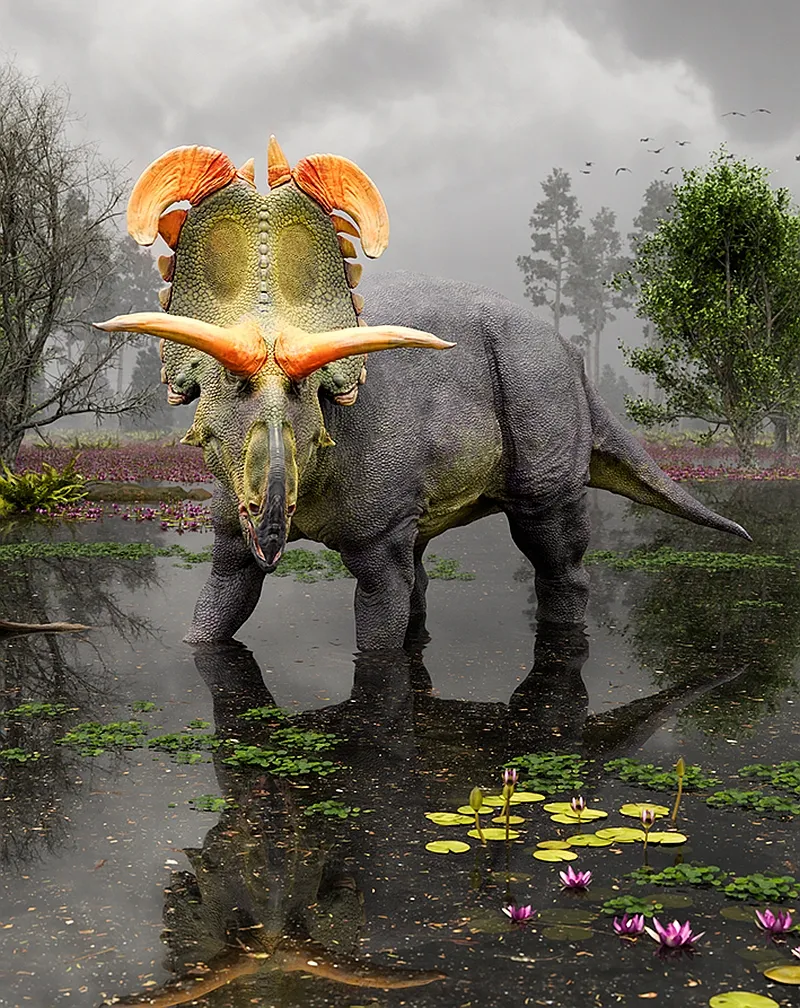
This, the second paper, published in 2022 that utterly refutes creationism on several different levels, reports evidence that particularly undermines their claim that an omnibenevolent god created a world fine-tuned for life.
This belief arises from a deeply ignorant, rose-tinted view of the world — one that conveniently ignores history and habitually attributes anything bad to something else: sin, free will, or other theological constructs that, by their own narrative, could only have applied after some supposed “fall”.
In reality, even a superficial understanding of Earth’s history — 99.9975 % of which took place before creationism’s legendary “Creation Week” — reveals that the planet is anything but fine-tuned for life. Life on Earth has repeatedly been subjected to mass extinctions triggered by geological and cosmological catastrophes that wreaked havoc on the environment, often at a pace too rapid for most species to adapt.
One of the most famous of these events was the meteor impact in what is now the Yucatán Peninsula, 66 million years ago. This strike plunged the planet into a “nuclear winter” as atmospheric dust blotted out the Sun. Within weeks, almost all large species were exterminated, leaving only the avian dinosaurs — likely shielded by insulating feathers — and early mammals, protected by their insulating fur.
But as this recent paper shows, the dinosaurs were thriving in a healthy, biodiverse environment in which they were the dominant species right up until the moment the meteor struck. Had they shared the creationists’ mindset, they might well have concluded that Earth was “fine-tuned” for them too.
The evidence for this comes from an international team of palaeontologists and ecologists, including researchers from University of Oulu (Finland), Universidade de Vigo (Spain), University of Washington (Seattle, USA), University College London (UK), New Mexico Museum of Natural History and Science (USA), and University of Edinburgh (UK).








































